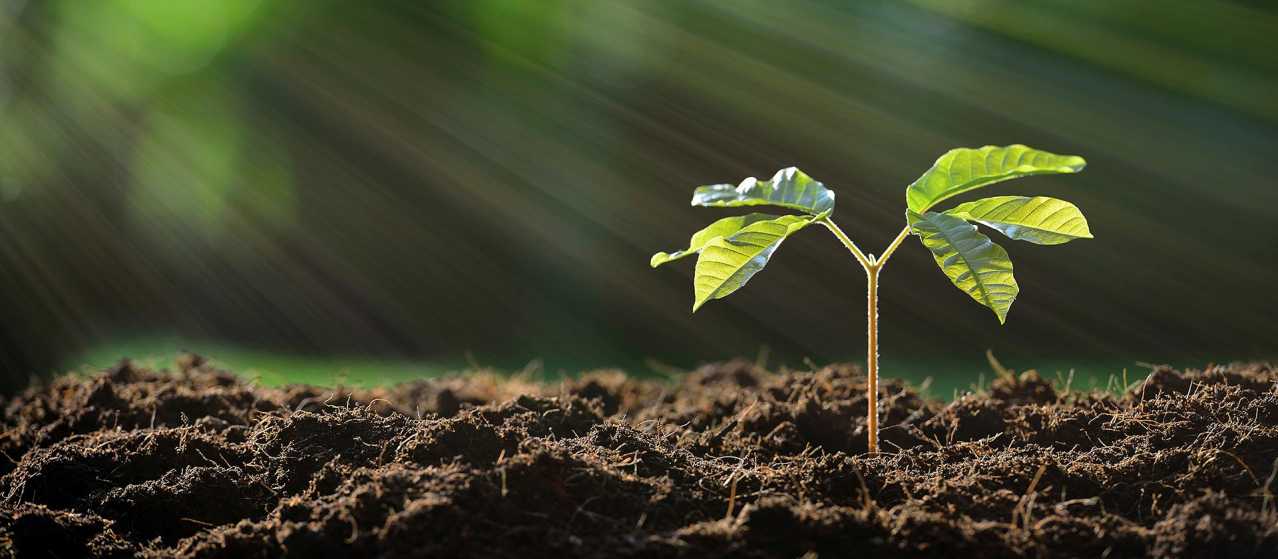Plants, the foundation of life on Earth, play a vital role in our ecosystem. They produce oxygen, provide food, and offer countless other benefits to humans and animals. Here’s a closer look at the fascinating world of plants:
Types of Plants
- Angiosperms: Flowering plants that produce seeds enclosed in a fruit. They are the most diverse group of plants.
- Gymnosperms: Plants that produce seeds directly on the scales of cones. Examples include pine trees and conifers.
- Mosses and Ferns: Non-flowering plants that reproduce through spores. They are often found in moist, shaded areas.
Plant Anatomy
- Roots: Anchor the plant to the ground and absorb water and nutrients.
- Stems: Support the plant’s structure and transport water, nutrients, and sugars.
- Leaves: The primary organs of photosynthesis, where plants convert sunlight into energy.
- Flowers: Reproductive organs that attract pollinators.
- Fruits: Contain seeds and protect them from predators.
Plant Physiology
- Photosynthesis: The process by which plants convert sunlight into energy using chlorophyll.
- Respiration: The process by which plants break down glucose to release energy.
- Transpiration: The loss of water vapor through the leaves, which helps to regulate plant temperature and transport water and nutrients.
The Importance of Plants
- Oxygen production: Plants produce oxygen, which is essential for human and animal life.
- Food production: Plants provide us with food, either directly or indirectly through the animals we eat.
- Medicine: Many plants are used in traditional medicine and modern pharmaceuticals.
- Habitat and biodiversity: Plants provide habitats for countless species of animals and contribute to biodiversity.
- Climate regulation: Plants play a crucial role in regulating the Earth’s climate by absorbing carbon dioxide and releasing oxygen.
Threats to Plant Biodiversity
- Habitat loss: Deforestation and land degradation are major threats to plant biodiversity.
- Climate change: Rising temperatures and changes in precipitation patterns can disrupt plant ecosystems.
- Pollution: Pollution can harm plants directly or indirectly by affecting their environment.
- Overexploitation: Overharvesting and unsustainable use of plant resources can lead to species loss.
Protecting plant biodiversity is essential for the health of our planet and the well-being of future generations. By understanding the importance of plants and taking steps to conserve them, we can ensure a sustainable future for all.




